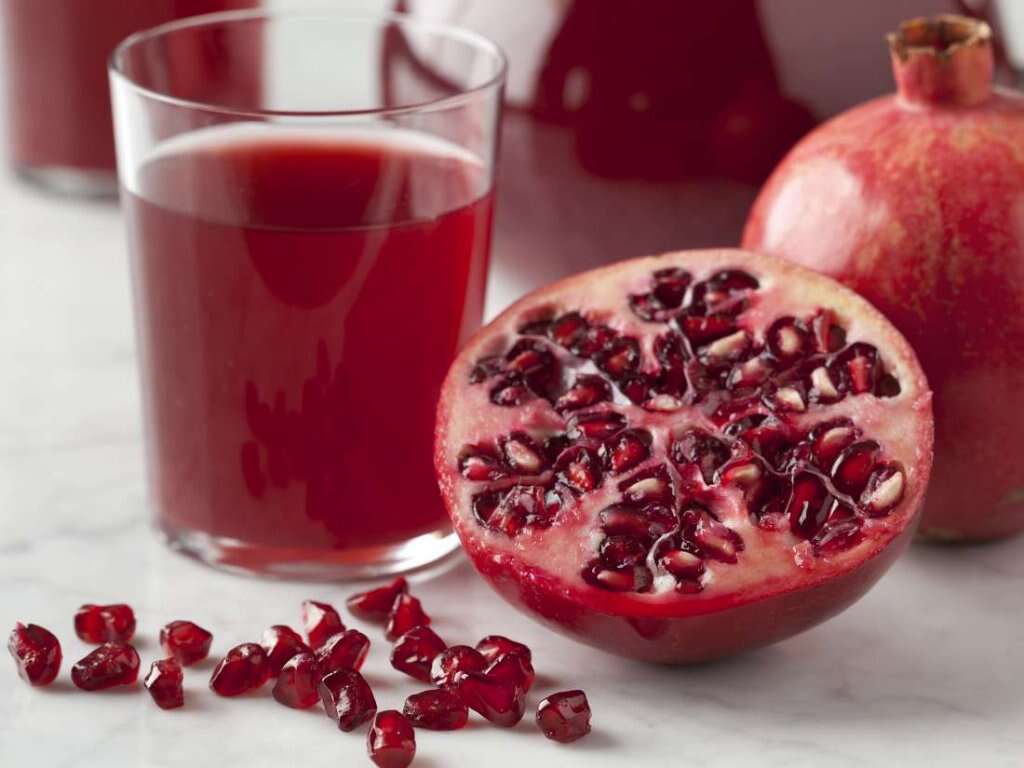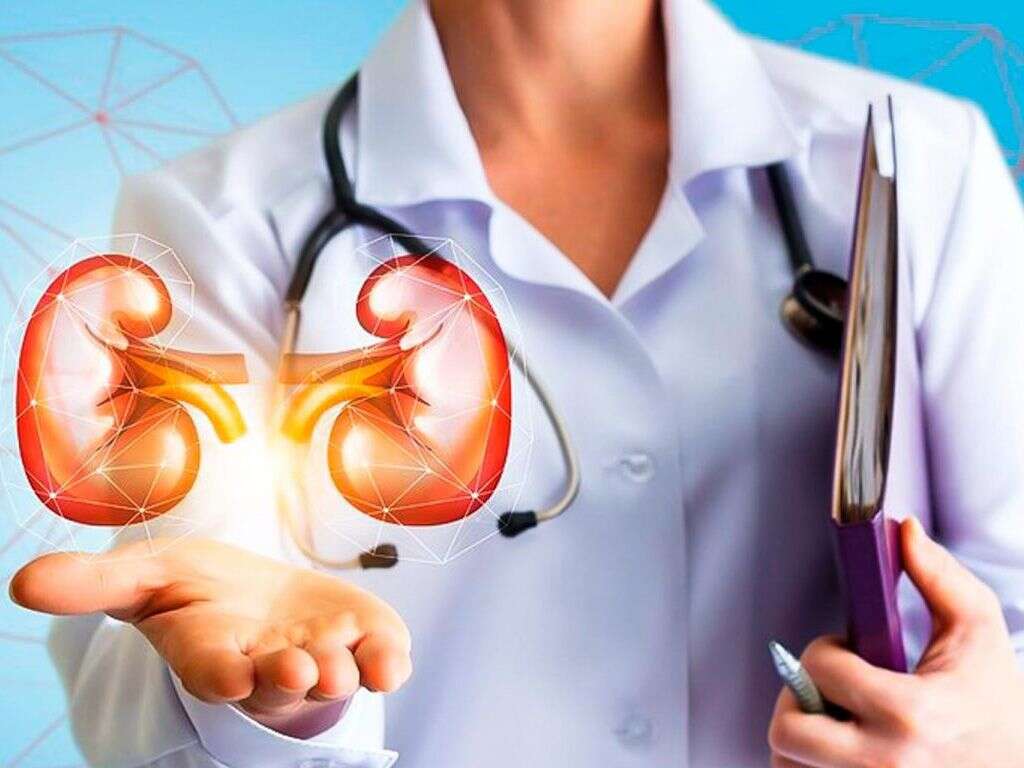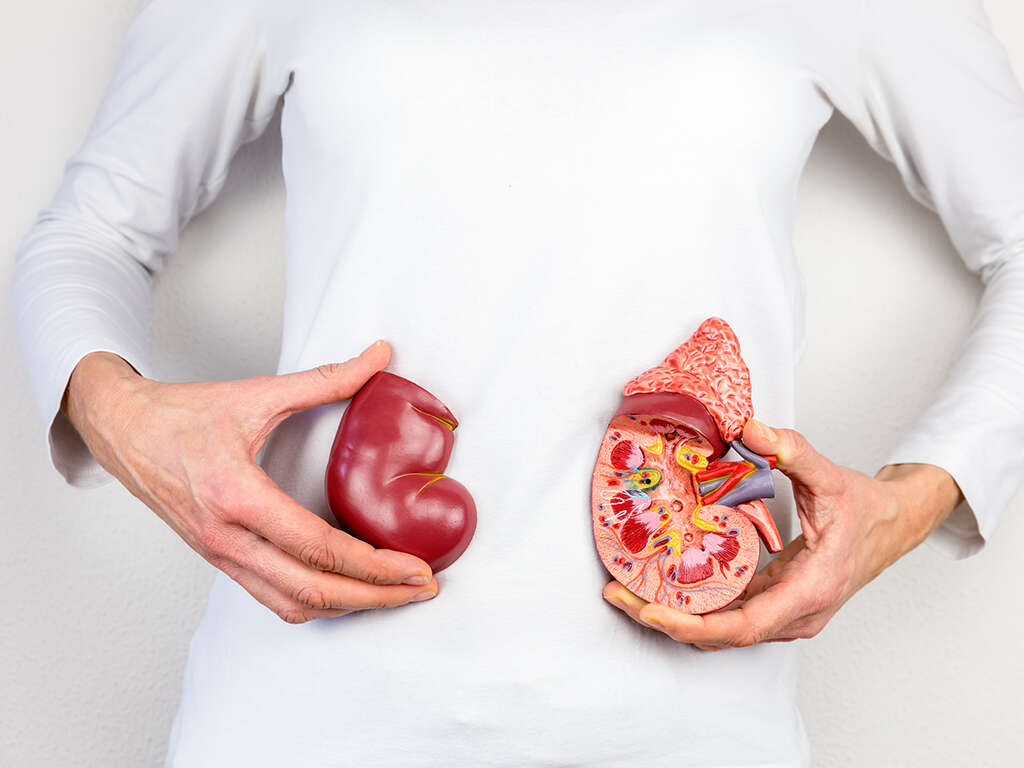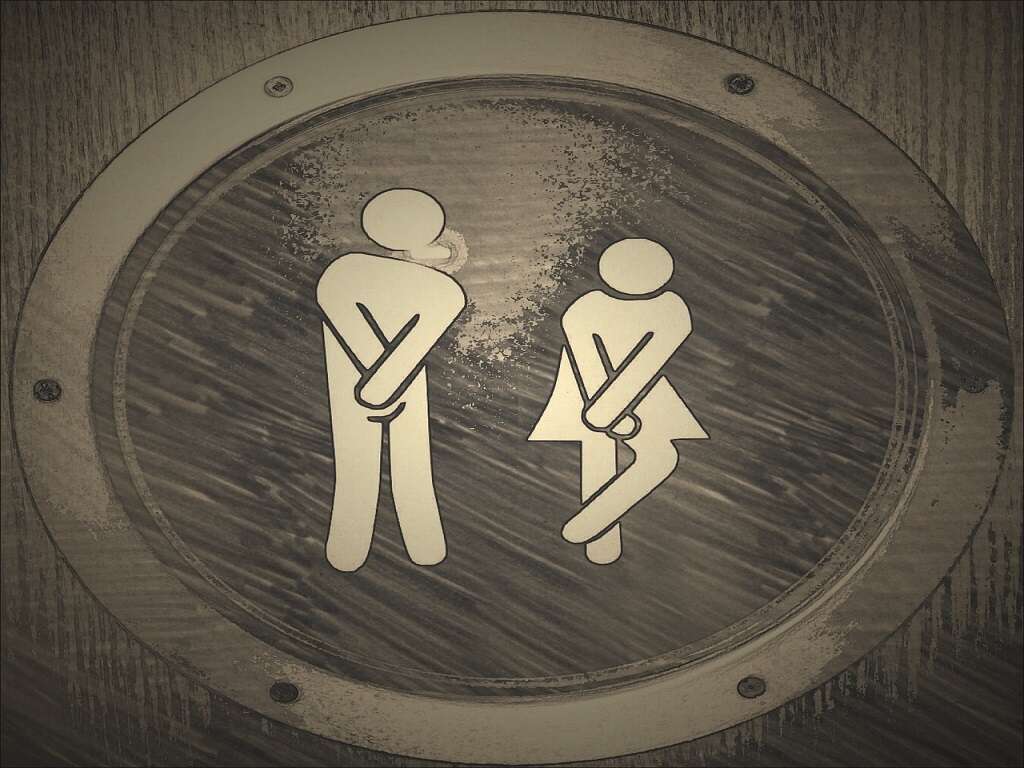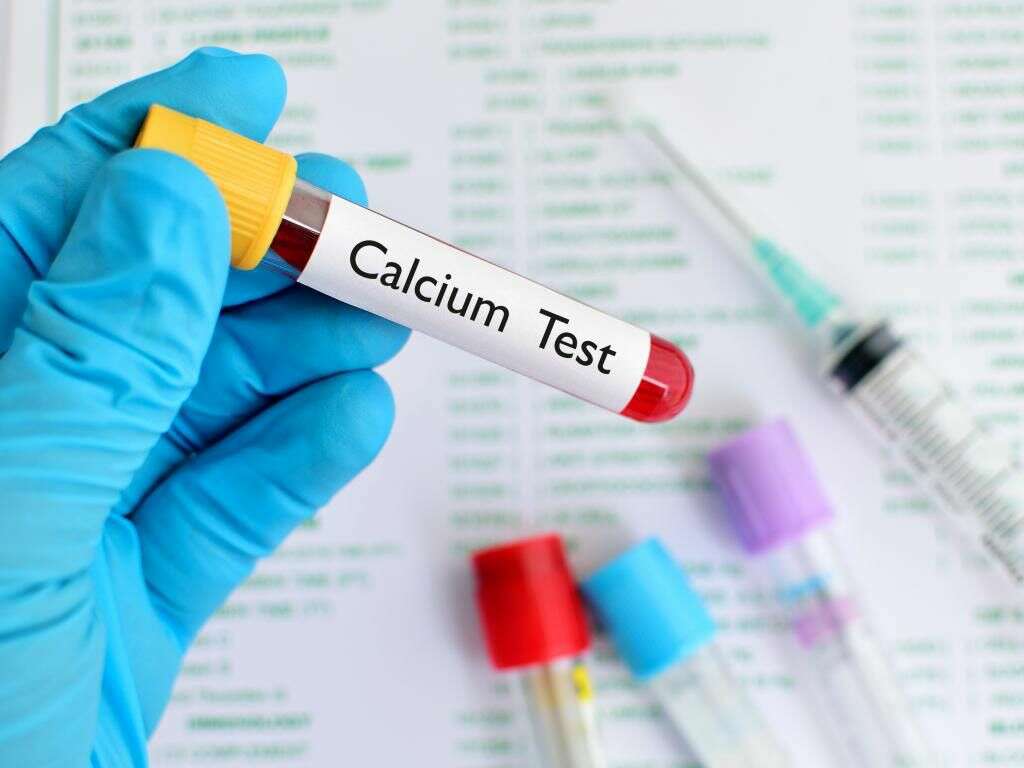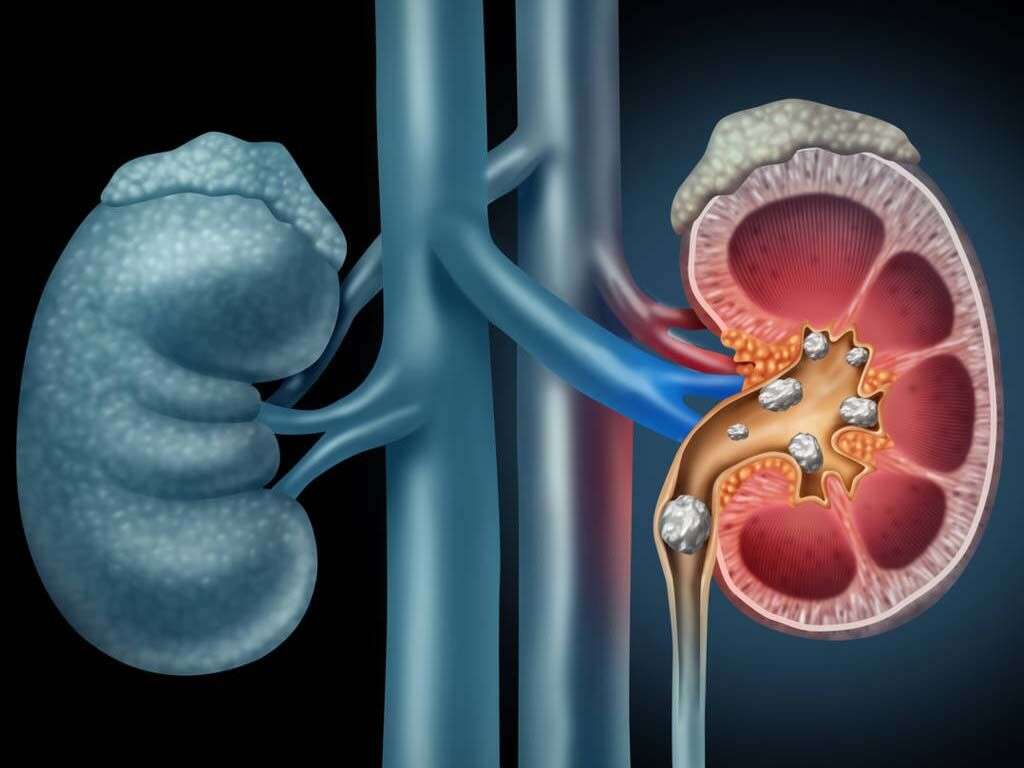10 Kidney Stones Symptoms
Kidney stones refer to the presence of stones in the kidneys. Medically, there are two terms that are often used interchangeably but have some differences. Urolithiasis is a term referring to stones that are found anywhere in the urinary system such as the kidney and bladder. Nephrolithiasis refer to stones that are in the kidney itself. Kidney stones usually form in the kidney and will attempt to leave the body through the urine stream. A stone that is small can often pass without symptoms but if it has grown to more than 5 millimeters, it can lead to blockage in the ureter and cause symptoms in the affected individual. The majority of stones form due to combinations of factors such as genetics and environmental factors. Some of the risk factors for kidney stones include high levels of urinary calcium, certain medications and foods, obesity, calcium supplementation, gout, inadequate fluids, and hyperparathyroidism.
When your urine has a high concentration of minerals, stones can easily form. The diagnosis of a kidney stone is usually made clinically, which means it is based on the patient’s symptoms, urine testing, and also medical imaging. Stones can be classified based on their location in the urinary tract: stones in the kidneys are known as nephrolithiasis, stones in the ureter are called ureterolithiasis, in the bladder as cystolithiasis or based on the composition of the stones: calcium oxalate, struvite, cystine, and uric acid stones. The risk of stones can be reduced by drinking plenty of fluids every day. The treatment and management of kidney stones include pain management and ultimately, removal of the stones. The lifetime prevalence of this condition in the US is approximately 11% for men and 7% for women.
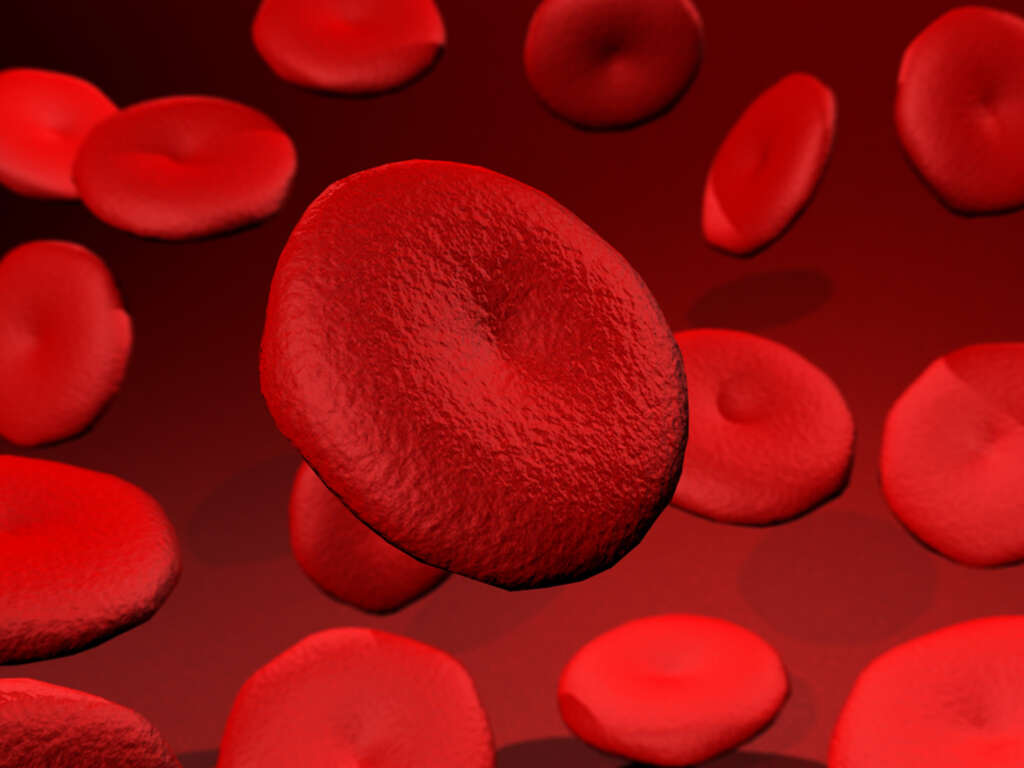
Symptom #1: Pain
The pain location may vary depending on the location of the stone. Usually, it is located in the back (the costovertebral angle). It can spread to the groin, abdomen and/or lower back as well. The duration will depend on the size and location of the stone but usually lasts a few hours.
The acute phase where it starts early in the morning and waking the individual from sleep. This pain is usually steady and becomes increasingly severe and can become excruciating. The second phase is known as the constant phase where the pain reaches maximum intensity and remains that way until it is treated or diminishes by itself. The second phase is where most patients are seen in the emergency department. The third phase is the relief phase where the pain resolves, and the patient feels relief.
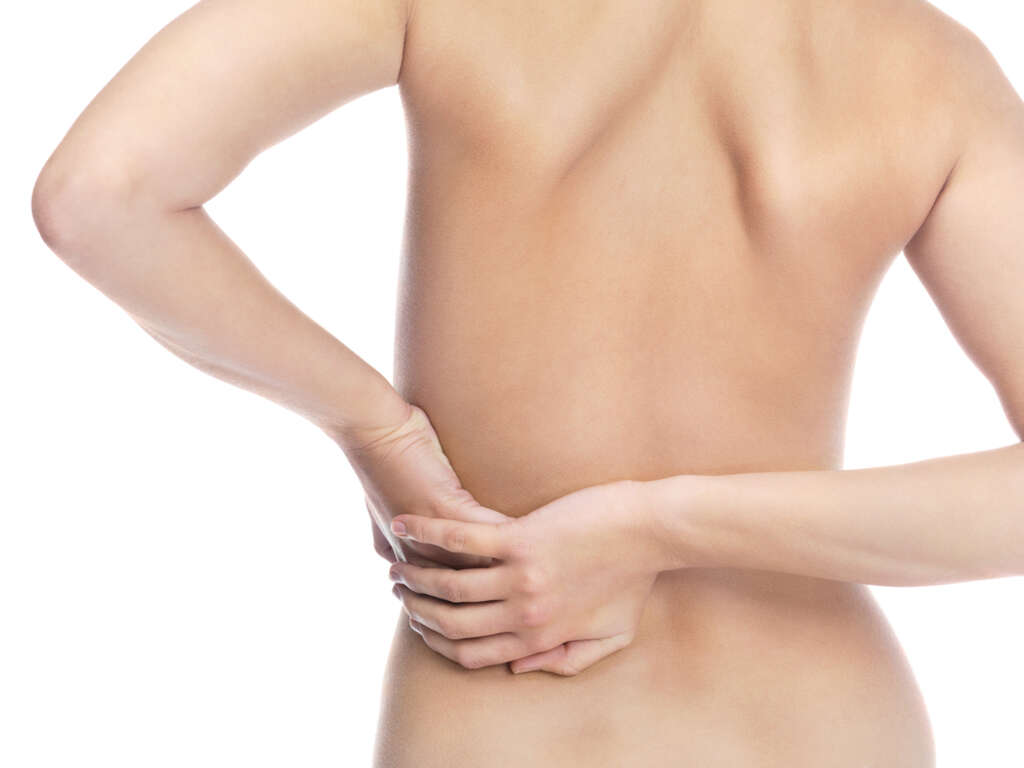
Symptom #2: Hematuria
As many as 85% of patients with kidney stones experience at least microscopic hematuria (traces of blood in the urine). While patients are often alarmed when they see blood in their urine, it is rarely dangerous. Your kidney functions to prevent blood from leaking into the urine.
As the stones grow in size, it irritates the lining of your kidney or ureter leading to injury to the cells and capillaries causing hematuria. However, if you experience blood in your urine, you should seek medical attention to rule out harmful causes such as bladder cancer, glomerulonephritis, sickle cell disease, hemophilia, and more.

Symptom #3: Nausea and Vomiting
Many patients experience nausea and vomiting during the acute phase of this condition. This symptom is related to the high level of pain that may cause an autonomic response, leading to nausea.
Some drugs used for pain relief may also cause nausea. If you are experiencing this symptom, it is important to seek medical attention for a proper diagnosis.
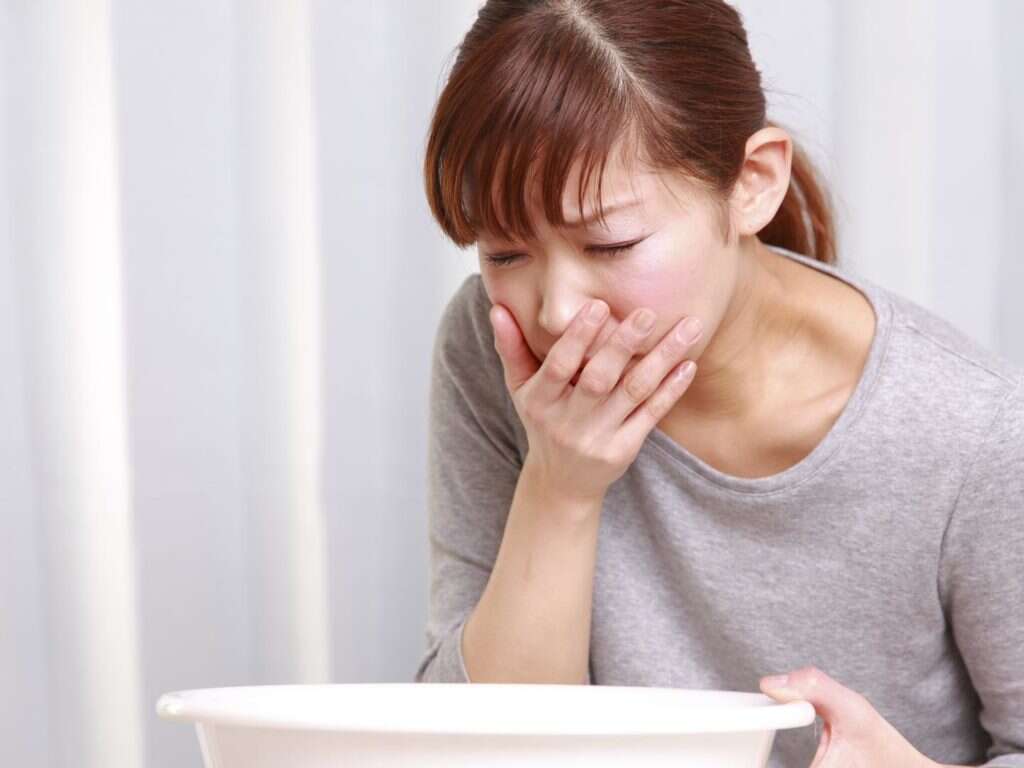
Symptom #4: Tachycardia
The intensity of the pain may also cause sympathetic activation (autonomic response), causing the heart rate to increase. This is associated with the” fight or flight” response.
Once the pain is under control, the heart rate should return to normal.
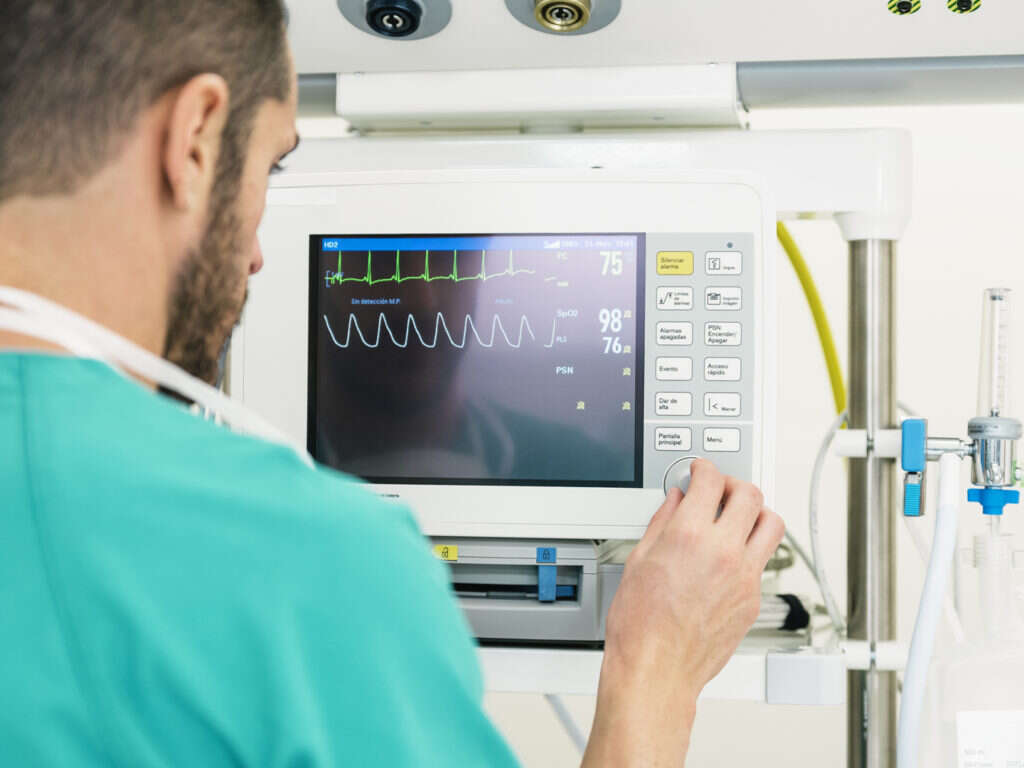
Symptom #5: Hypertension
In individuals with kidney stones, acute pain can cause increased sympathetic nerve activity which leads to an increase in blood pressure. Just like tachycardia, the pain signals lead to the release of the ACTH hormone which causes the release of adrenalin. This causes an increased heart rate which in turn increases blood pressure.
Together with mydriasis, diaphoresis, tachycardia, vasoconstriction, and anorexia (loss of appetite), it is a reliable indicator whether pain is adequately controlled.
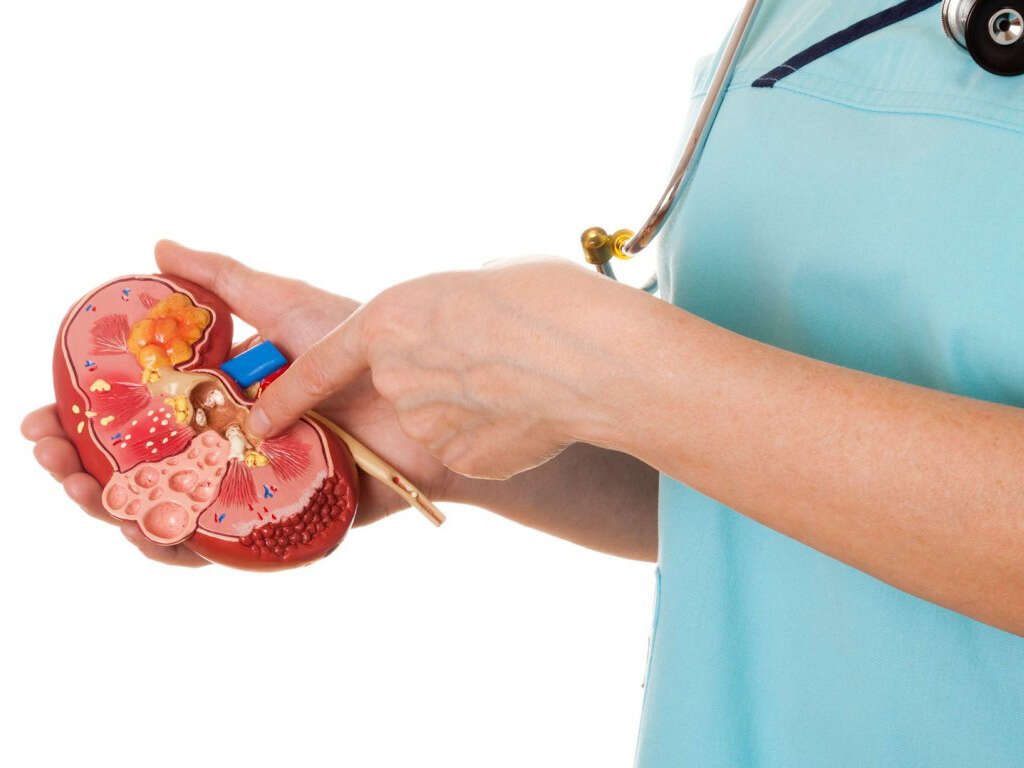
Symptom #6: Fever
Fever occurs when the set point of temperature in the body is increased to help the immune system fight against infection. In kidney stones, it is not the usual presentation in uncomplicated cases of nephrolithiasis.
However, if fever is present, it suggests that there is a possible infection and the potential that there is an infected obstruction in the kidneys or pyonephrosis (pus in kidneys). This is a life-threatening condition and you should seek medical attention as soon as possible.
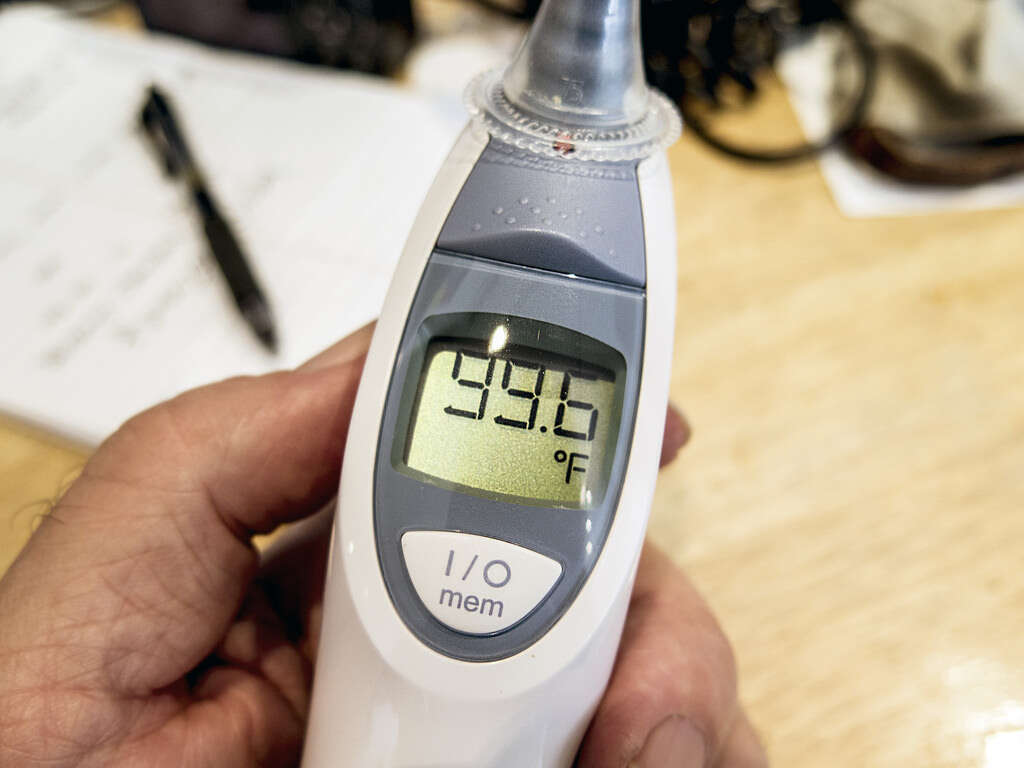
Symptom #7: Testicular Pain
In some cases, there are patients who will report testicular pain as the pain radiates downwards. The testicles however, are not tender and appear normal on sight. This occurs as the nerves that supply both regions can be connected.
However, if you are experiencing testicular pain, you should seek medical attention as soon as possible to rule out emergency situations such as testicular torsion.

Symptom #8: Antalgic Position
Patients with a painful abdomen will usually try to lie as still as possible while patients with kidney stones will move around constantly as they are trying to find a position that causes the least pain. Classically, a patient with kidney stones usually writhes around in pain and is unable to lie or sit still.
While this symptom is non-specific, if taken into account with other symptoms such as pain at the renal angle that radiates down to the groin, it is likely a case of kidney stones.
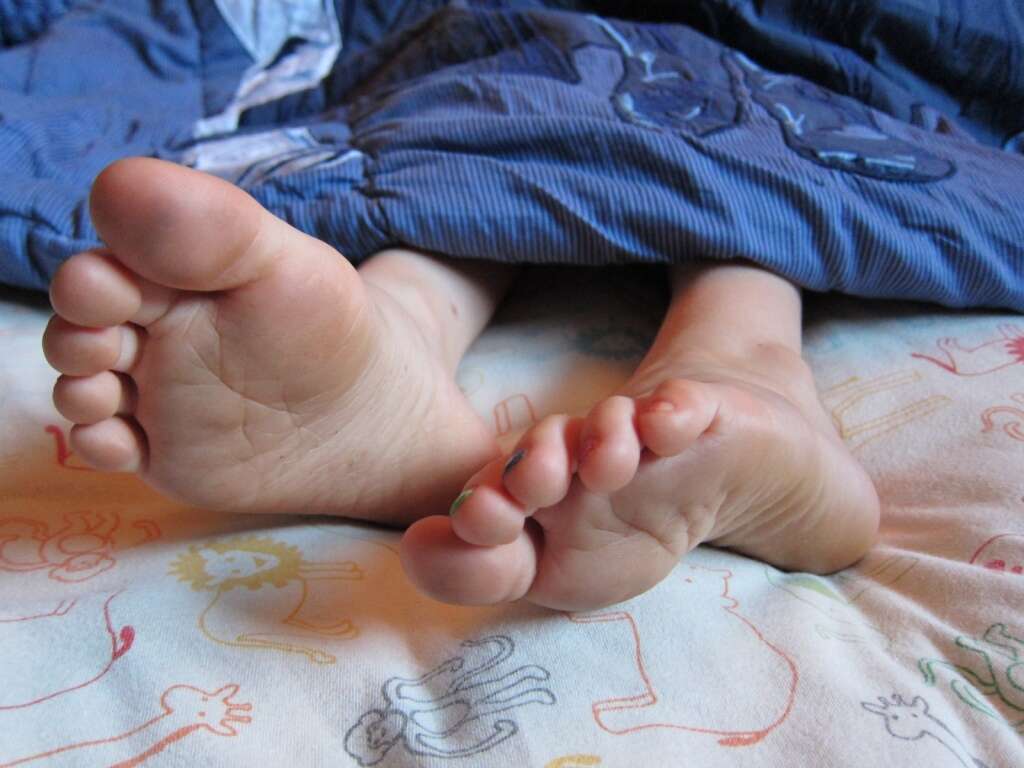
Symptom #9: Dysuria
Dysuria is a medical term that refers to painful or difficult urination. In individuals with kidney stones, once the stone is stuck in the ureter or reaches the junction between bladder and ureter, there can be excruciating pain when the patient tries to urinate. This pain can be described as a sharp and burning pain and can often be mistaken as a urinary tract infection.
Since the flow of pee is partially obstructed, some individuals may only urinate only a small amount every time they go to the bathroom. If you notice that your urinary flow has completely stopped, seek medical attention immediately as this is a medical emergency.
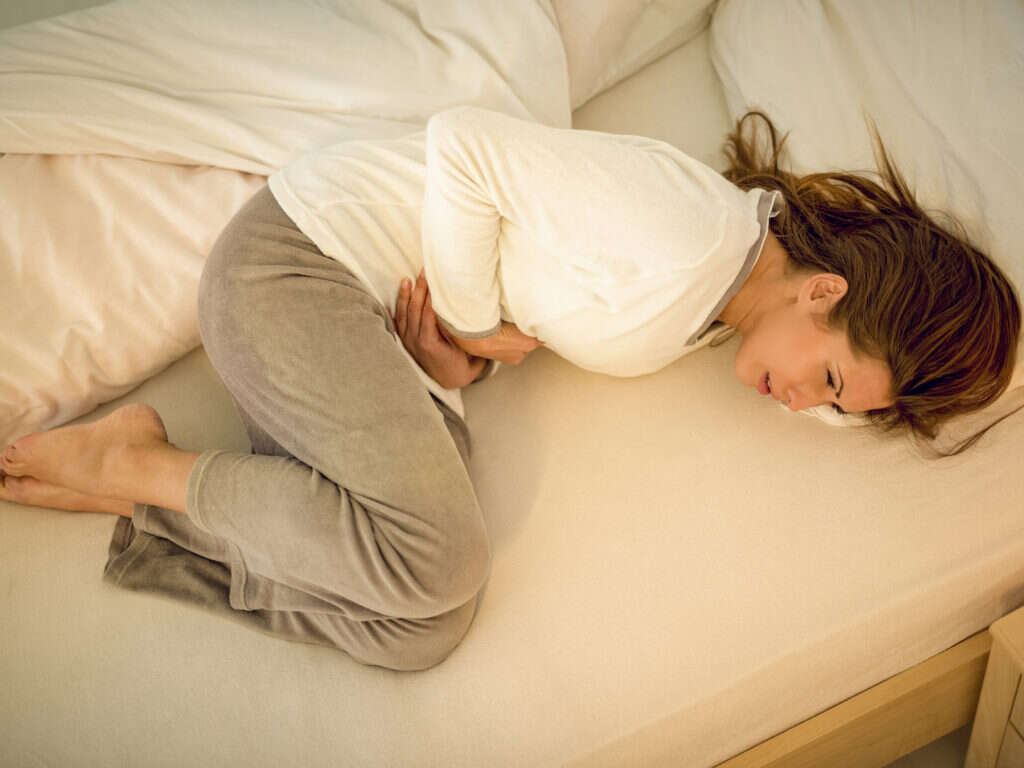
Symptom #10: Sweating
The excruciating pain associated with this condition will eventually activate autonomic responses in our bodies that will cause the heart rate to go up and also may cause us to sweat profusely.
If this symptom is associated with fever and malaise, you should seek medical attention as soon as possible to prevent further complications.





